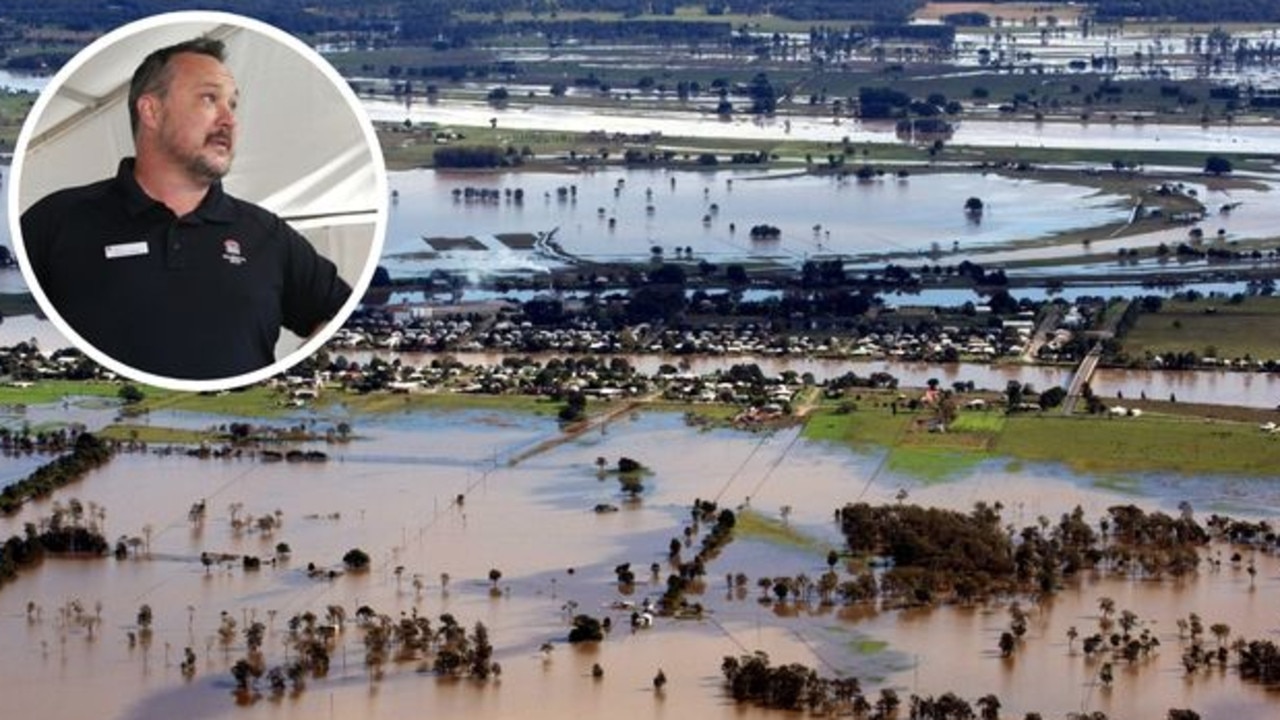How Daniel Keighran earned a Victoria Cross medal
Corporal Daniel Keighran was part of a patrol in Afghanistan’s Tangi Valley when they came under attack by the Taliban. When his fellow soldiers went to the aid of a fallen fighter, Keighran was faced with a difficult choice to save them all from being gunned down.

Following the phenomenal success of the groundbreaking documentary series Voodoo Medics, The Daily Telegraph is bringing you War Stories — powerful tales of courage and heroism — with exclusive book extracts from the frontline. This is the story of how Daniel Keighran received a Victoria Cross medal.
From late 2008 the Australian task force in Uruzgan province, Afghanistan, changed its focus from reconstruction to mentoring local units of the Afghan National Army (ANA).
Australian conventional forces were used to form Operational Mentoring and Liaison Teams (OMLTs) to live, work and patrol with their Afghan counterparts at patrol bases throughout the province.
Mentoring Task Force 1 (MTF-1) was a 750-strong combined-arms battle group raised in Australia in 2009 specifically for mentoring in Afghanistan.
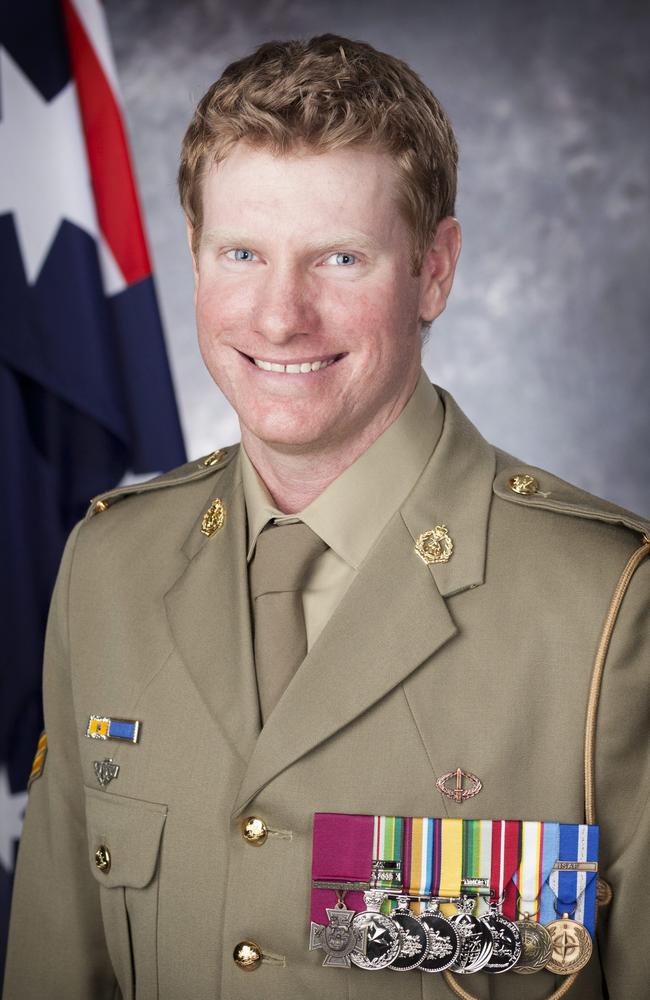
READ MORE:
WAR STORIES: How Mark Donaldson dodged death, twice
WAR STORIES: How Mark Donaldson earned a VC
During its eight-month tour of Afghanistan in 2010, MTF-1 carried out more than 1,700 patrols, was involved in 560 small-arms incidents, located more than 100 improvised explosive devices (IEDs) and uncovered 250 weapons caches.
It suffered 40 battle casualties, including six killed in action.
The action referred to in Corporal Keighran’s citation took place in August 2010, when MTF-1 assumed responsibility for Deh Rawod district following the Dutch withdrawal.
In consultation with Australian commanders, the commander of the local ANA unit sought to expand his area of operations into the Tangi Valley, in the district’s east, where insurgents had largely been left unchallenged by Dutch and French forces.
On 21 August a joint Afghan and Australian patrol from Mentoring Team Delta struck out from Patrol Base Anar Juy and was briefly engaged by two insurgents.
To Major General John Cantwell, the commander of Australian forces in the Middle East Area of Operations, the Tangi Valley was “bandit country”.
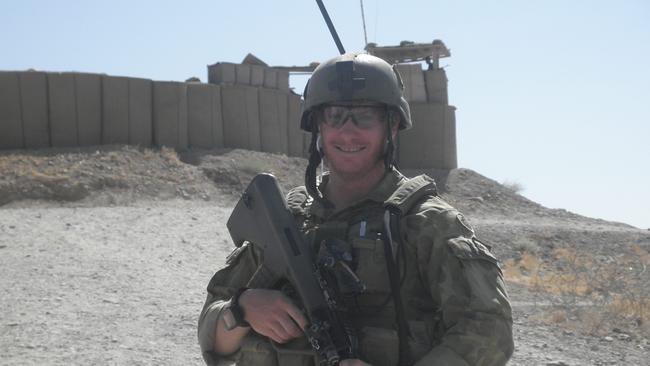
MORE:
PODCAST: ‘I’d go back if I was asked’ — Mark Donaldson
PODCAST: The Voodoo Medic who saved a hero cop
The plan was for Mentoring Team Delta to push into Derapet, with the intention of holding a shura (consultation) with the village elders to discuss the security situation in the area. However, given the relative lawlessness in the Tangi Valley, and the likelihood of encountering IEDs and insurgents, the team mounted a fighting patrol suitably equipped for a gunbattle. The 40-man patrol (20 Australians and 20 Afghan troops), under the command of Lieutenant James Fanning, was adequately supported by two Australian light armoured vehicles (ASLAVs) and a two-man sniper team in overwatch positions a kilometre away.
It also had mortars, artillery, close air support and an American Quick Reaction Force at the ready should it get into trouble.
At first light on the morning of 24 August, 2010, Australian engineers got to work sweeping the high ground for IEDs in preparation for the ASLAVs.
An exchange of rifle fire with the engineers revealed an insurgent presence, forewarning the patrol moving into Derapet that it would most likely establish contact with the Taliban.
Radios crackled with reports that Afghan women and children were fleeing the area.
The patrol headed east and at 9.10am a machinegun opened fire from a concealed position in an aqueduct 60 metres away.
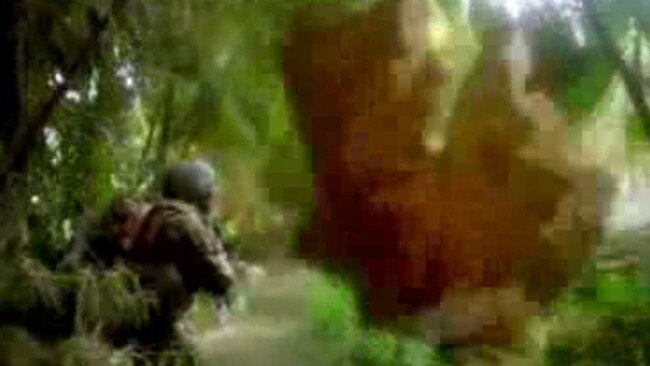
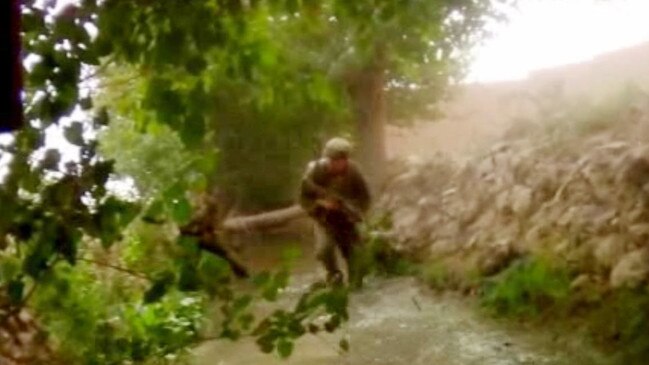
MORE:
How the Voodoo Medics got their name
Private pain of an Aussie warrior
Keighran was at the front of the patrol, and saw “the splash, the rounds coming back down at us. Someone was having a crack. He had the finger on the trigger and he was letting rip.”
The patrol was caught between high crops and an aqueduct on the left, a bare, rocky hill to the right, and buildings behind, so Keighran and Private Sean Parker made for the high ground with a MAG58 machinegun while two sections sought cover in the aqueduct and returned fire.
Keighran intended to observe the situation developing below but inadvertently strayed too far along the ridge, drawing a volley of fire from the north and east. The patrol had walked into an ambush.
Within minutes of the opening volley, the two ASLAVs under the command of Lieutenant Tim Hurley began engaging the insurgent positions, with deadly effect.
Along with a joint terminal attack controller (JTAC), Keighran worked to establish the forward line of troops so that the ASLAVs, mortars and air support could bring down more accurate fire to assist the patrol.
At around 9.20am Fanning ordered a reserve section to move onto the hill with Keighran and establish a firing position with their MAG58.
However, the patrol pushed, as Keighran had, too far along the ridge line, and came under a withering fire from concealed Taliban positions.
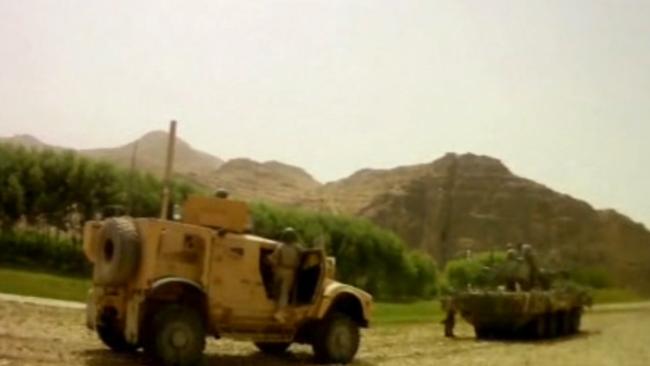
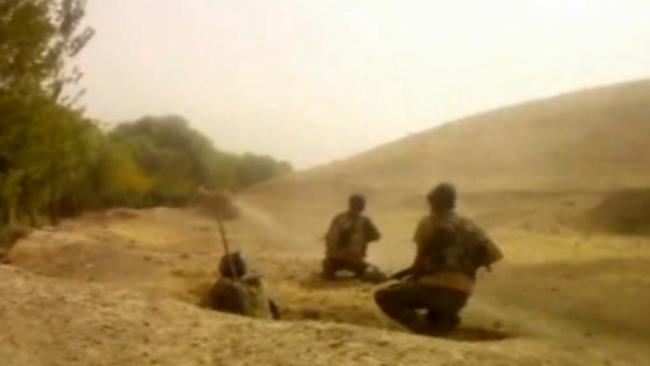
Lance Corporal Jared “Crash” MacKinney was seriously wounded in the upper body while getting his machinegun into action.
The rate and volume of Taliban fire then increased as MacKinney’s section left the relative safety of cover to render him first aid.
From his position, Keighran thought fast: “I could see that this whole section was about to get killed. It was at that point a decision had to be made and I was in a position to make that decision … I came up with a very quick plan to stand up and move forward in the hope they would start shooting at me rather than the team … (and) to clearly identify targets for the JTAC.”
On four occasions Keighran deliberately exposed himself to Taliban fire, running 50-metre bursts over and behind the ridge of the hill and drawing fire away from the team treating MacKinney.
The nearby JTAC also succeeded in identifying the enemy positions, turning the tide of the action back in the patrol’s favour.
Keighran’s final run was back to MacKinney, whose team carried him to a place of relative safety.
At 10.10am the patient was loaded onto an American Black Hawk medevac helicopter and evacuated to the Role 2 medical facility at Tarin Kot. Despite the efforts of his comrades, he was pronounced dead on arrival.

The action continued for another two-and-a-half hours. Running low on ammunition, the patrol broke contact, made its way to a vehicle drop-off point and returned to Anar Juy without incurring any further casualties.
Estimates suggest it had been ambushed by 90 to 100 Taliban insurgents.
It wasn’t until two years after Derapet that Keighran learned he had been awarded the Victoria Cross.
Having put the action behind him, and having moved on in private and professional life, Keighran was stunned to have the chief of army fly to Kalgoorlie to inform him in person.
Invested with the Victoria Cross for Australia by Governor-General Quentin Bryce at Government House on 1 November, 2012, Keighran was the first member of the Royal Australian Regiment to receive the award since its formation in 1948.
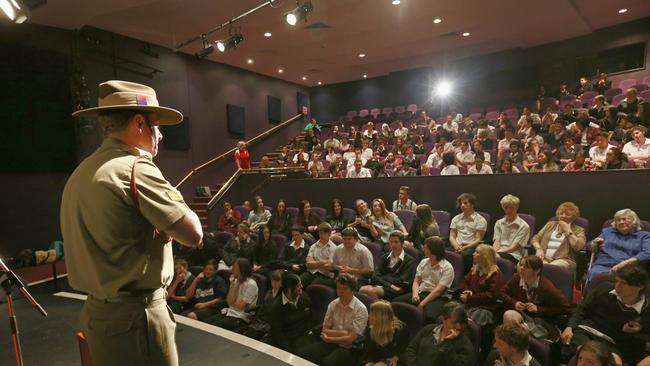
He considers himself a “classic introvert” and remains humble about his actions at Derapet: “I look back and think I was just doing my job that day, although I probably should have been killed doing what I was doing. It was one of those things that actually worked.
“The award was recognition I accepted on the behalf of the team … I was part of that great group of guys and girls and telling their story was the only reason why I accepted the award.”
For Valour: Australians Awarded the Victoria Cross, by Aaron Pegram and Craig Blanch, NewSouth Publishing, $79.99, published 1 November.
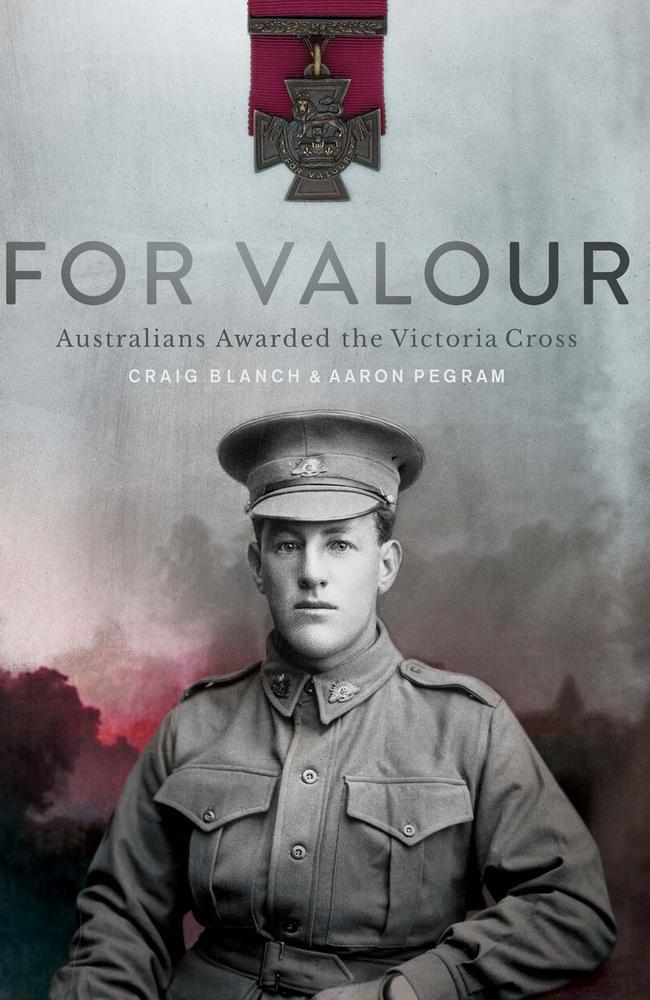
Citation in Commonwealth of Australia Gazette, November 2, 2012
KEIGHRAN, CORPORAL DANIEL
6th BATTALION, ROYAL AUSTRALIAN REGIMENT, AUSTRALIAN ARMY
24 AUGUST 2010, DERAPET, AFGHANISTAN
For most conspicuous acts of gallantry and extreme devotion to duty in action in circumstances of great peril at Derapet, Uruzgan Province, Afghanistan as part of the Mentoring Task Force One on Operation SLIPPER.
On 24 August, 2010, Corporal Daniel Keighran of the 6th Battalion Royal Australian Regiment, was a member of a partnered fighting patrol with soldiers of the Afghan National Army’s 1st Kandak, 4th Brigade, 205th (Hero) Corps which was engaged by a prolonged, numerically superior and co-ordinated enemy attack from multiple firing points.
Corporal Keighran, with complete disregard for his own safety, broke cover on multiple occasions to draw intense and accurate enemy fire to identify enemy locations and direct return fire from Australian and Afghan fire support elements.
During one of these occasions, when his patrol sustained a casualty, he again, on his own initiative and in an act of exceptional courage moved from his position of cover to deliberately draw fire away from the team who were treating the casualty.
Corporal Keighran remained exposed and under heavy fire in order to direct suppressing fire and then assist in the clearance of the landing zone to enable evacuation of the casualty.
These deliberate acts of exceptional courage to repeatedly expose himself to accurate and intense enemy fire, thereby placing himself in grave danger, ultimately enabled the identification and suppression of enemy firing positions.
In circumstances of great peril Corporal Keighran’s actions were instrumental in permitting the withdrawal of the combined Australian and Afghan patrol with no further casualties.

